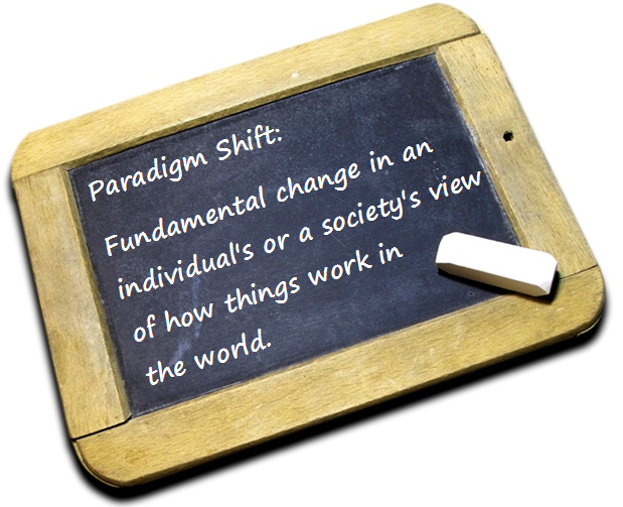
In the classical view of software delivery, you need to make a trade-off between quality and speed. The traditional IT delivery process paradigm postulate that building quality software will demand longer to deliver. You trade quality with getting things done rapidly. Now, studies on teams that have adopted Continuous Delivery (CD) demonstrate exactly the opposite. Teams able to deploy by the push of a button not only deliver faster but they deliver better quality in a more reliable way.
Being able to push changes fast and reliably to production changes the rule of the game and transforms many aspects of the IT delivery process. It reflects on aspects like:
Increased Availability & Manageability
Because you can push changes a lot faster you can make smaller changes with less downtime you don’t need to come in the middle of the night or weekends to deploy the system. This means less overwork and stress for the team’s members. It also frees up a considerable amount of time as teams don’t need to participate at long lasting release planning's sessions to coordinate huge deployments.
Because you know you can push a change fast you’re also able to remediate faster and you don’t need to take account of being able to reverse a giant change. In place, you can adopt release strategies where you always advance forwards. In place of reverting a change you can be confident that you can fix any problem fast. This simplify the release process and lower the investment needed in process, infrastructure and tools to be able to revert back a giant change.
Reports also demonstrates that teams practicing CD sees their number of big incidents diminishing drastically. Apart from the better intrinsic quality that CD brings this is also due to the automation that CD demands. The automated deployment pipeline eliminates errors that might result from manual configuration and error-prone practices.
Increased efficiency and cycle time
Because you make smaller changes your tester and analyst can work in a constant flow of work. They don’t need to test everything in a great batch at the end of the release but can continuously work in at constant pace together with the developers.
Because bugs are also detected sooner they are cheaper to fix. When practicing continuous delivery automated tests are run immediately after each check-in what detects many bugs immediately. The developer can get immediate feedback even before he starts working on another task and so he knows where to search for the bug. It’s proved by many studies that bugs found before or immediately after the check-in are orders in magnitude cheaper to fix (sometimes more than 100 times). *https://www.researchgate.net/publication/255965523_Integrating_Software_Assurance_into_the_Software_Development_Life_Cycle_SDLC
Improved testability
To be able to deploy small changes independently the systems needs to be decoupled. This decoupling enables also to test the system more easily in isolation. Most of the changes can be tested without deploying to an integration environment. This lowers the number of environment needed and allows for a more rapid feedback.
Improved intrinsic product quality
Because the tremendous acceleration of time to market of a change, from once every 3 months to many times a day, product owners can experiment a lot faster enabling new product evolution strategies based on experimentation and continuous improvement. The book Lean Enterprises describes in detail how modern software companies takes advantages of continuous delivery to design products based on experimentation.
Improved Customer Satisfaction
CD brings confidence to the customers and other stakeholders on the delivery of their new features. CD enables to deliver new features at a constant and predictable pace and increase the visibility of the delivery process. By practicing feature toggles and decoupling the deployment from the actual release of the feature it enables to deploy a part or a complete new capability to early adopters.
Because organizations are more effective they can spend more time on value adding activities. This creates a virtuous circle of continuous improvements that brings a decisive competitive advantage. Continuous Delivery is becoming the norm in the enterprise. IT organization that still stick to the old delivery model will be forced to change or will simply disappear. Following the 2015 State of DevOps practices study, the companies who their IT team’s practices continuous delivery has 50 % higher market capitalization growth over the 3 last years than the other and Gartner predicts that by 2020 50% of CIO’s that have not transformed their capabilities will be displaced.